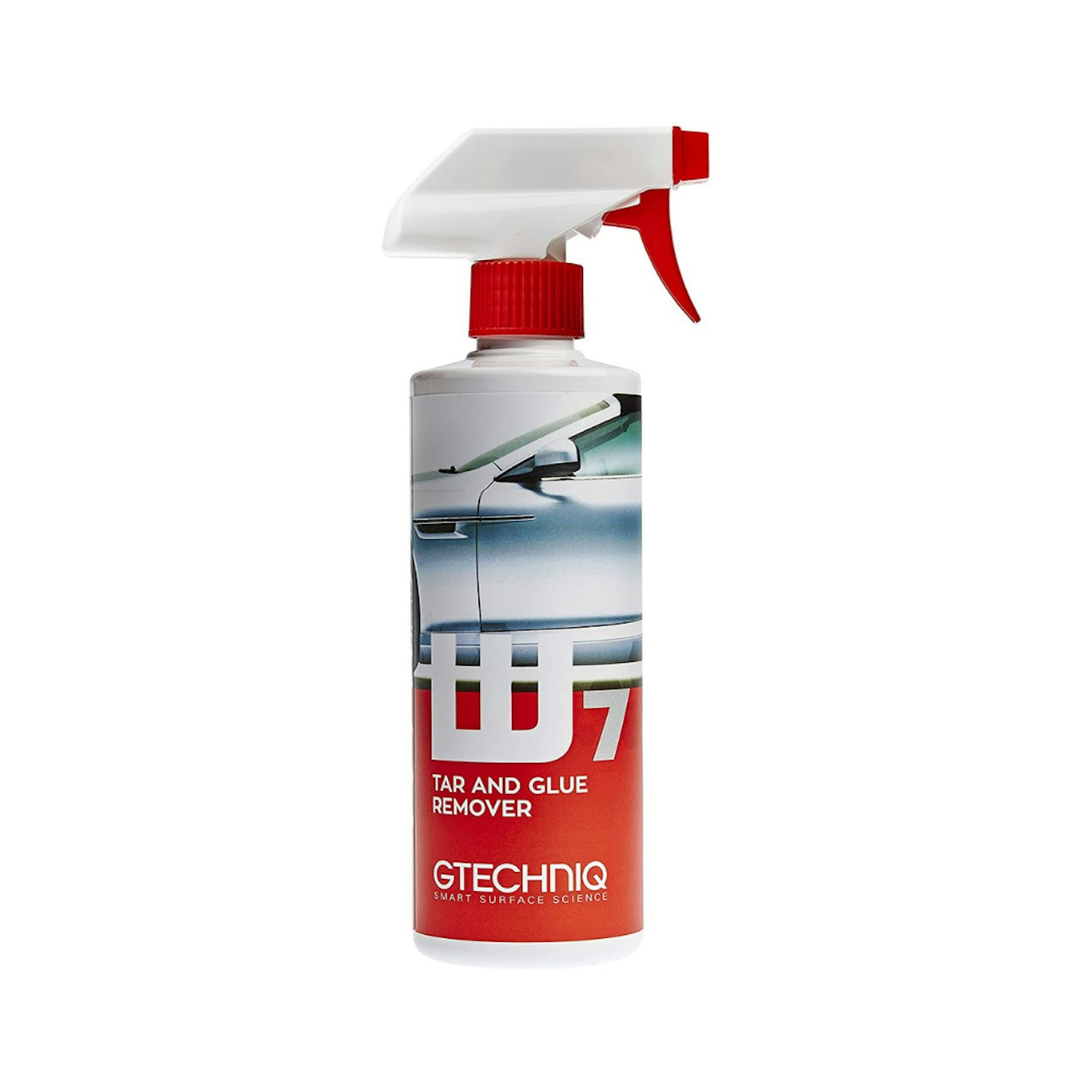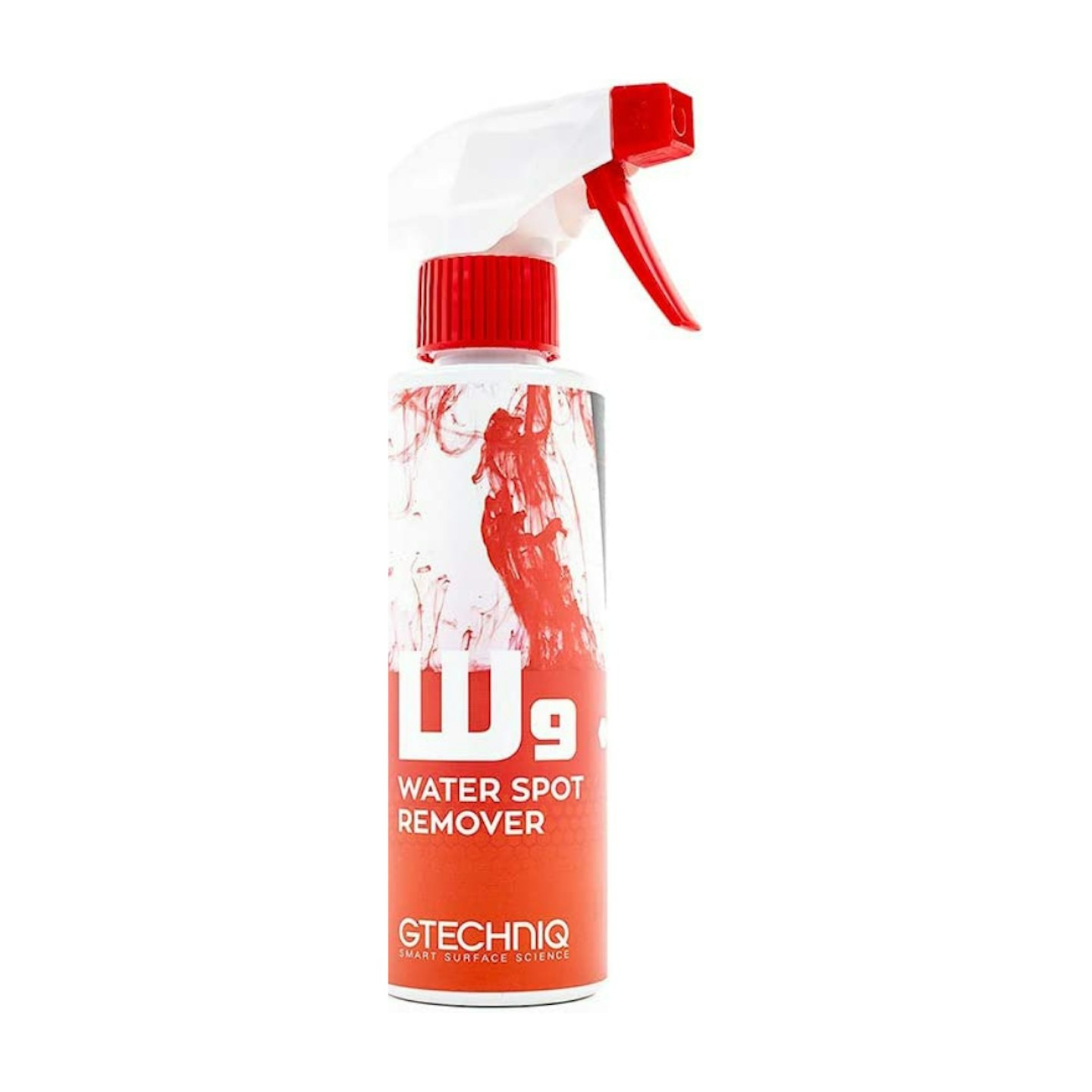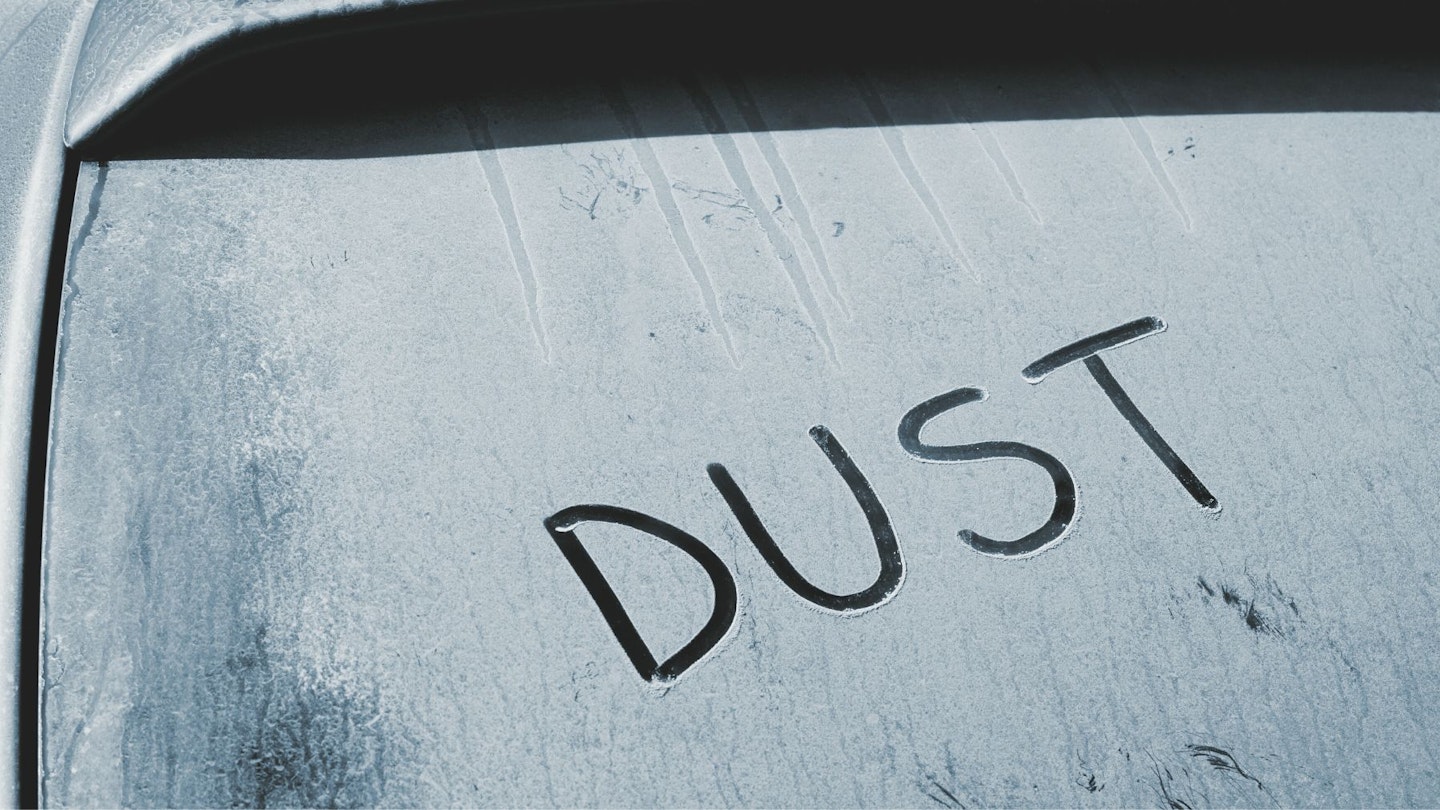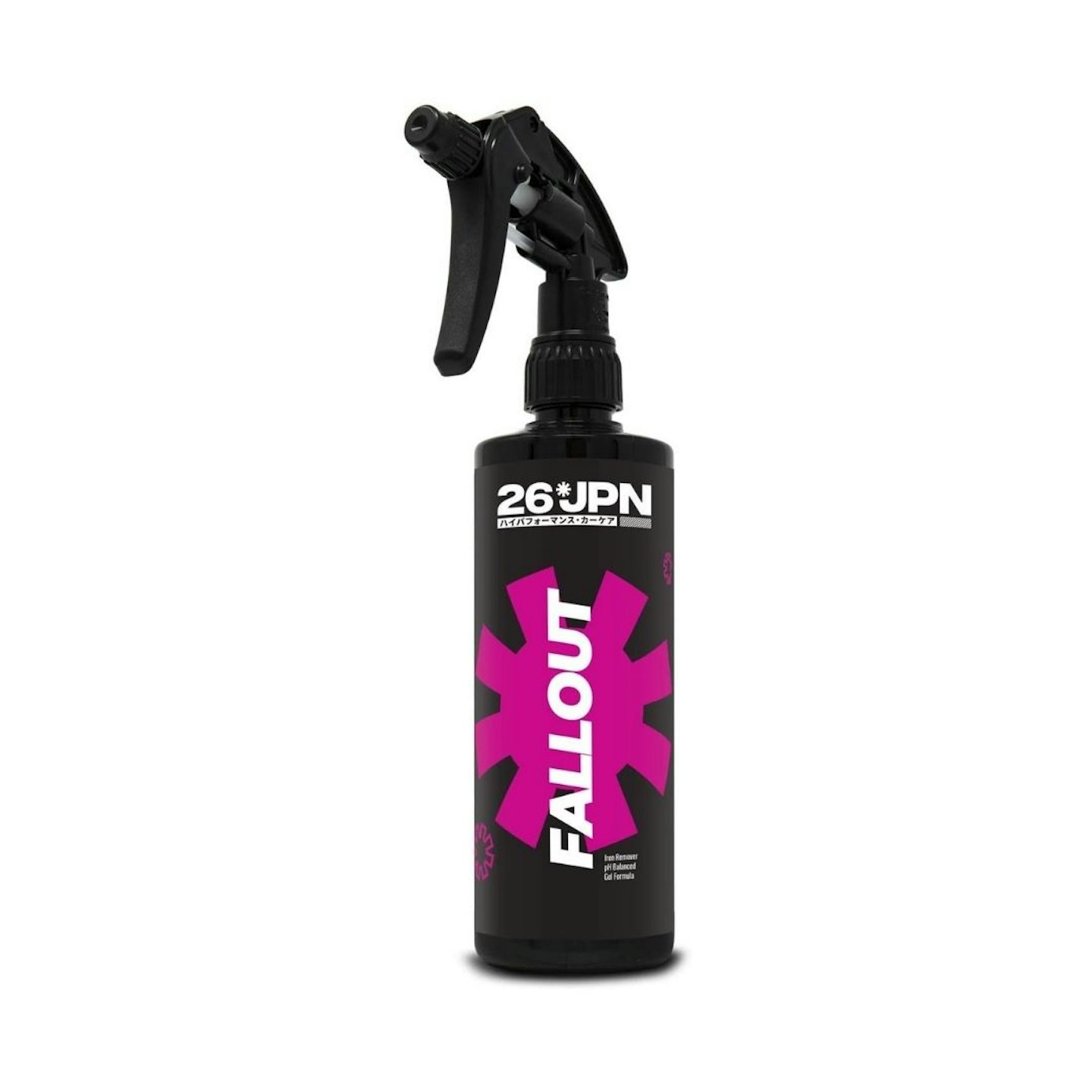Unless your car is kept in a sterilised garage at all times, you'll pick up a lot of different contaminants as you drive around. These contaminants can cause serious damage to a car if left for too long, causing rust or paint damage that can cost a fortune to put right. Different types of dirt need different treatments to keep a car's paintwork free from scratches which can be quite overwhelming at first. We’re breaking down the most common types of contaminants you can find on a car, how to remove them without doing damage and exploring how to avoid them causing damage in the first place.
Mud
The most obvious and visible type of muck you can get on a car is mud. Worn as a badge of honour among off-roaders mud isn't the worst contaminant you can get on your car but can eventually lead to bigger issues. Caked-on mud can hide corrosion and the moisture in mud can speed up rusting.
The best mud remover
Snow foam applied via a pressure washer is the best way to safely shift mud without causing any damage. Snow foam clings to the mud and the detergents that make it up will help soften the dirt so it can be rinsed away with ease. Bilt Hamber Touchless is an excellent sugar-based snow foam that's both really effective and entirely biodegradable.
How to prevent it: The best way to prevent mud from getting on your car is to avoid mud. This is inevitable on muddy ruts or fields and the winter months will see mud added to your car even if you stick to paved roads. It's best to just clean your car regularly, making sure to pay attention to the chassis.
Traffic film
Most noticeable during the winter months, traffic film is that horrible greasy film that covers the lower portions of the car. Most noticeable on white cars where it shows up as a dirty grey coating, traffic film is made up of a number of deposits and can eventually trap moisture and speed up corrosion. There's no precise ingredient list for traffic film but the following deposits can make it up:
• Dust
• Dirt
• Grease
• Automotive fluids (petrol, coolant, oil, brake fluid, etc.)
• Minerals
• Carbon and soot
• Industrial fallout
The best traffic film remover
Slightly confusing as this isn't a dedicated traffic film remover (it's a pre-wash), but we're championing this above a proper TFR because it's a lot easier and nicer to use. Most TFRs are incredibly aggressive and can speed up corrosion and dull paintwork. This pre-wash on the other hand will cut through grease and grime but won't be so abrasive towards the paintwork.
How to prevent it: There's no way to prevent traffic film from forming but a good wax or coating will make it easier to remove and should stop excess moisture from causing havoc.
Adhesives - Tar spots and glue residue
Tar spots - Common during the summer months, these sticky, black bits of tar escape the road's surface in the heat and enjoy lodging themselves on a car's bodywork. Once cooled they fuse to the panel like a mollusc to a ship and while they don't do any harm other than being unsightly, an incorrect removal technique will cause damage.
Glue residue - We've all gone to remove a sticker only to have the adhesive remain in place leaving that furry-looking material behind, not aesthetically pleasing. If this happens with a water bottle you can safely scrape away the residue but try the same thing with a car and you may end up with scratches.
The best tar and glue remover

How to prevent it: There's no real way of avoiding tar spots finding a home on your car's bodywork during the summer months short of never venturing onto tarmac. As tar will quite happily embed itself on ceramic coatings and waxes too, your best bet is a bottle of tar remover. At least tar spots shouldn't cause any damage so you don't need to rush to clean your car the second you see one.
Glue residue should be a bit simpler to avoid, if you don't add then remove stickers on your car's bodywork you should avoid adding glue to your car. Any stickers that do need removing should be heated gently first and then removed to avoid residue.
Organic matter - Bird poo, tree sap and dead insects
Bird poo - A classic deposit that's guaranteed to ruin your day, bird poo is a particularly nasty deposit that can leave a horrible mark on your paintwork if it's not dealt with quickly. It's not the poo's acid that causes the damage, Autoglym has found that the paint lacquer coat contracts underneath the bird plop and moulds to the shape of the excrement. That's why it's important to tackle bird poo as quickly as possible to avoid unsightly paint damage.
Tree sap - An incredibly sticky substance, tree sap sticks to a car's paintwork like cement and can be really difficult to remove. It's not the most dangerous if left alone but can damage a car's finish if removed incorrectly.
Dead insects - Sadly an inevitability when you're out driving, insects will be struck by your car and become embedded. They're a pain to shift (and messy), so a proper insect remover is a must to get the job done quickly.
The best organic matter remover
Simple to use and effective against all three organic contaminants listed, this spray bottle from Greased Lightning will help gently lift any organic deposit you soak with it safely. All you'll need is a microfibre towel on hand to wipe away the residue.
How to prevent it: It’s difficult to stop a particularly determined bird from depositing its lunch over your bonnet but there are a few things you can do to keep your car out of the firing range. Avoid parking it under lampposts or trees where birds congregate for example. Avoiding trees will also help avoid getting tree sap stuck on your car too. If it's possible, keep your car parked in a garage or under a carport too.
It's very hard to avoid insects without hiding your car away from the world so just keep the bottle and some microfibre towels handy.
Iron fallout
Also known as industrial fallout, this particular contaminant is particularly hard to shift without specialist equipment. Iron fallout is a load of tiny jagged metal particles (often iron) that embed themselves in a car's paintwork, causing a bumpy feel and even speeding up the chance of rust. The main culprits for this fallout are brake discs, train lines and industrial areas.
The best iron fallout remover
This specialised type of contaminant requires a specialised cleaner, specifically a fallout remover. These gel-based sprays react with the iron particles to oxidise them which rounds them off for easy removal. You can see this chemical reaction occurring as the spray turns a reddish-purple colour. Our pick is 26JPN's Fallout because it's biodegradable, good value for money and a good cleaner.
How to prevent it: It's very hard to avoid collecting iron fallout. The mere act of slowing a car down using the brakes will cause a flurry of fallout to embed itself in your car's wheels and bodywork. All you can do is be vigilant with the fallout remover, just make sure to hold your breath as all fallout sprays smell like bad eggs.
Water spotting
Arguably the most annoying contaminant, water spotting occurs when you've just washed your car and the minerals present in tap water leave little cloudy deposits on your paintwork. Caused by standing water being missed in the drying process, this water then evaporates leaving behind the minerals. It's not the most harmful deposit but is irritating, especially if you've just spent the day cleaning your car.
The best water spot remover

Water spot removers are slightly acidic but will help shift these minerals safely without posing a threat to your paintwork. We like this option from Gtechniq because it works on three different types of minerals; silica, metal ions and salt.
How to prevent it: The best way to prevent water spots from forming is to remove the minerals in your water by using a purifier. This is a very expensive and unnecessary step however unless you're running a professional ca cleaning business. Properly drying your car with a drying towel or car dryer should be enough to avoid water spots though. That, or you could move somewhere with really soft water.




